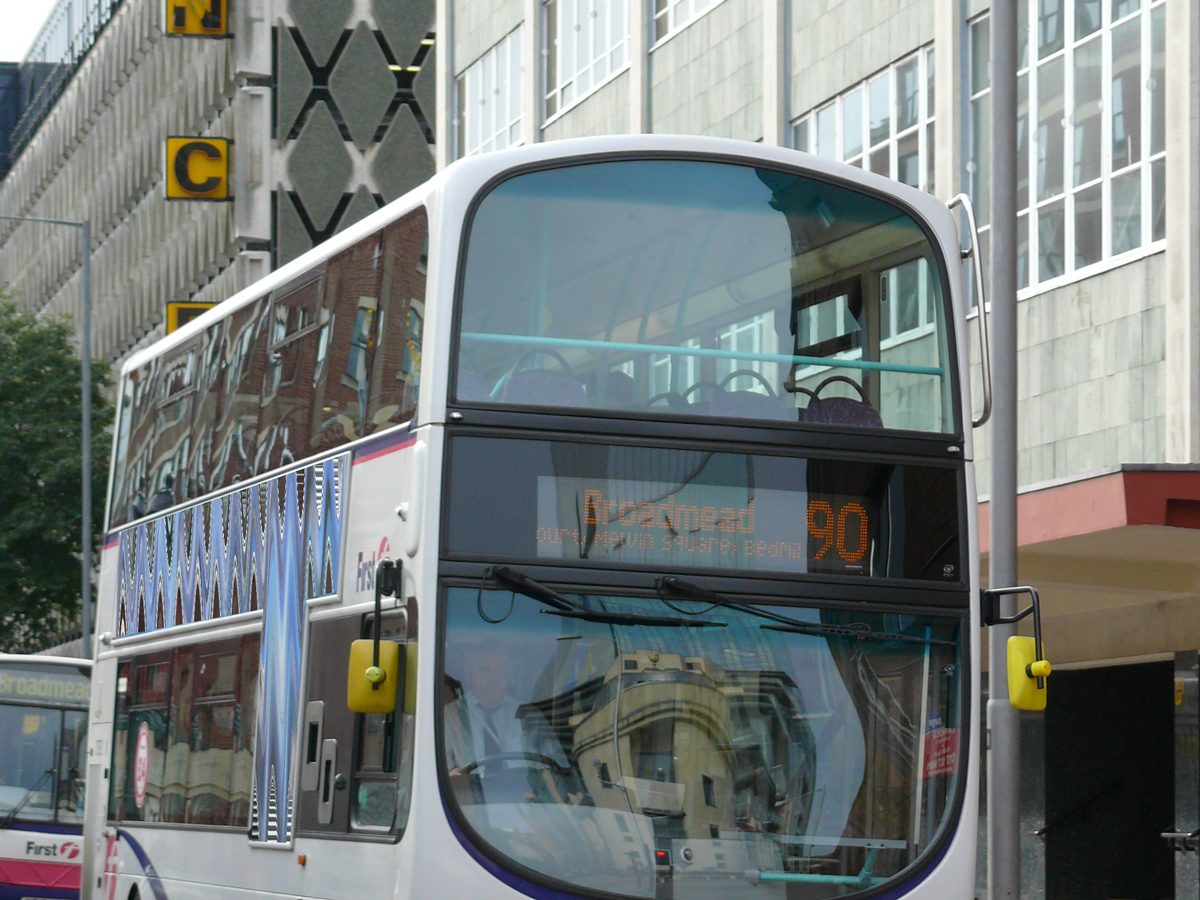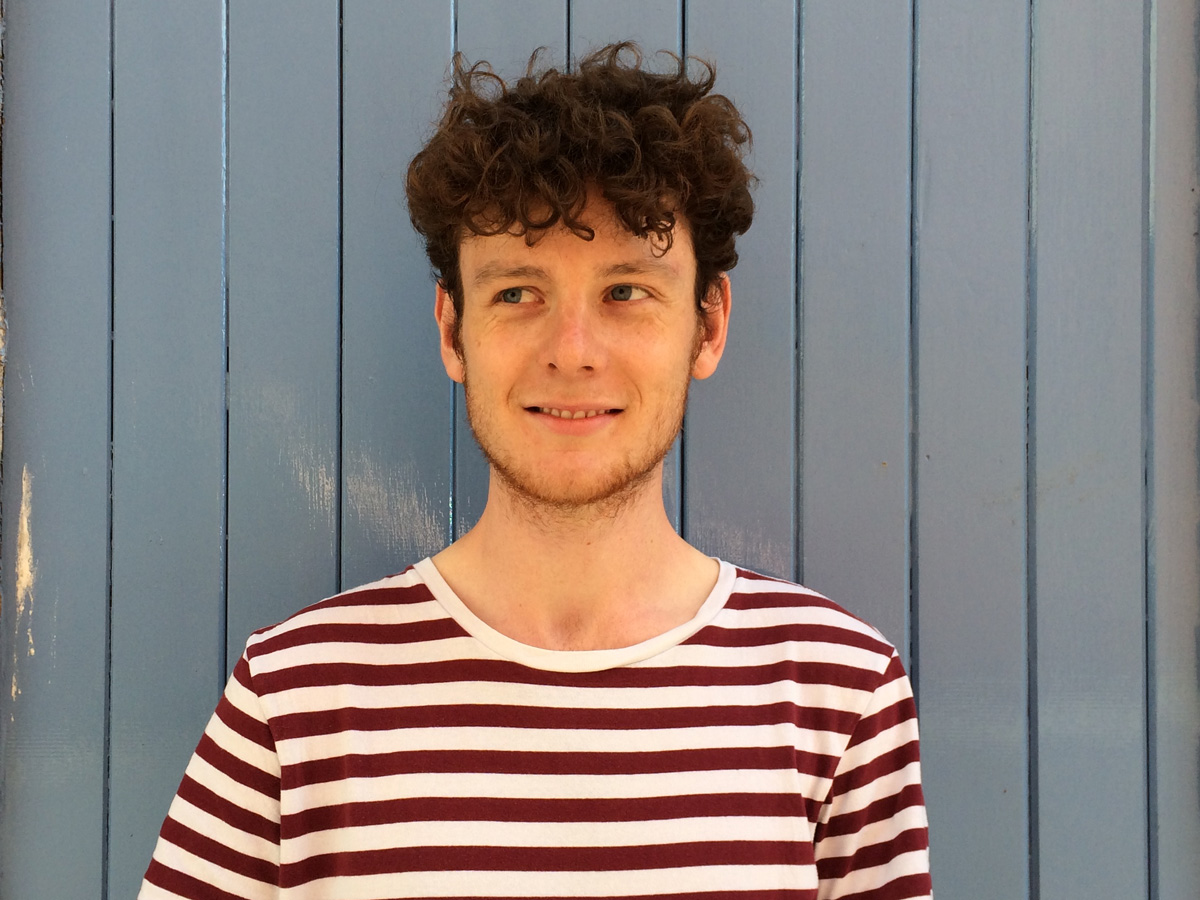‘Erased’ & the Importance of Retelling Invisible Stories
Warefta’s tour of Bristol remembers an forgotten and often ignored history of slave trading
Last Spring, as part of the assigned reading for my postcolonial class at university, I read an introductory chapter to material philosophy called ‘Stories Come to Matter’ by Serenella Iovino and Serpil Oppermann. It explored the epistemic turn towards the ‘material’, which are the tangible markers of the exterior world that can be ‘read’ or ‘observed’ to understand existence. Using the ‘material’, stories are written into everyday landscapes of cities, and these are the stories that seem to matter. Conversely, the chapter argued that there were other stories, that they were hidden in immaterial spaces, invisible to the naked eye but present as forces and intensities that never quite disappear.
Using the ‘material’, stories are written into everyday landscapes of cities, and these are the stories that seem to matter.
This was the idea swirling in my mind when I, fresh off my Masters, was given the opportunity to participate in the ‘Stories from Our City’ project. The assignment was to make a film about Bristol, and I decided to film the visual markers of the city’s colonial past. The film, named ‘Erased’, is based on a walk I took with my class the year prior, when we debated the significance of specific monuments and discussed the inherent politics of empathy that exists in who we remember and who we choose to forget.
The first part of filming was simple. As Bristol is steeped in statues, buildings and iconography that celebrates various slave-owners, I was spoilt for choice. It was easy to portray the ways in which cities like Bristol dictate which version of history is important by placing statues of Colston or Cabot at its centre. What became difficult was filming the stories of Fanny Coker and Pero Jones, two black ‘slaves’ whose names have loose echoes in Bristol’s landscape. I didn’t realise that the bridge that connected the floating harbour was named after Pero because there is no plaque or physical signifier to suggest it. Likewise, it was impossible tell where Fanny Coker was buried because her remains are laid in an unmarked grave at the back of Greenbank Cemetery. With no obvious ‘material’ presence in the city, the erasure of Fanny Coker and Pero Jones renders them invisible, both in existence and in history.
Bristol is steeped in statues, buildings and iconography that celebrates various slave-owners – I was spoilt for choice.
Even when the stories of Fanny and Pero are told in the small spaces of the Georgian House Museum near Park Street, they are whitewashed and remembered as humble servants instead of people who were forcibly enslaved against their will as part of a larger colonial conquest. Though Fanny Coker was technically ‘freed’, there were no real socio-economic structures to support her emancipation, forcing her to remain a housemaid for the family that had initially bought her. I found her erasure to be so deep that it was impossible for me to imagine her as a ‘free’ person who lived in Bristol, with thoughts, feelings, or dreams of her own.
Even when the stories of Fanny and Pero are told in the small spaces of the Georgian House Museum near Park Street, they are whitewashed and remembered as humble servants instead of people who were forcibly enslaved against their will.
Hence, much of the aesthetics of ‘Erased’ were built to imagine how the invisible stories of Fanny Coker and Pero Jones have an enduring presence in Bristol’s history even as they have been materially erased from it. I chose to colour-grade the film grey, to make Bristol look empty and ominous whilst the soundscape behind the spoken word poem was filled with echoes of silences and blowing wind to create an eerie atmosphere where they could not be seen but were felt.
For many, this is the experience of racism in the UK; it is a reality that is felt, with no visible evidence that it actually happened. When I was stood in the crowd as Colston’s statue was tugged to the ground, I could feel the city rejoicing over finally bringing down a symbol of black oppression after years of legal campaigns and petitions. It felt as though the city was finally acknowledging the injustice of having a slave owner at its centre. As I watched black people get up and take Colston’s place on the plinth, I imagined for a second, the ghost of Fanny Coker behind them, giving her own speech about freedom and injustice before disappearing altogether, finally at peace.
When I was stood in the crowd as Colston’s statue was tugged to the ground, I could feel the city rejoicing over finally bringing down a symbol of black oppression after years of legal campaigns and petitions.
The tearing down of Colston’s statue was a moment in the UK protests that triggered a movement of removing statues of oppressors across the globe. As these visible markers of systemic racism are being forcibly removed from our everyday landscapes, I am hopeful that they are creating space for the new stories that will come to matter. Much of Britain’s failure in reconciling its broken racial system has been a lack of acknowledgement itself. Thus, as the political moment of BLM continues, I hope this country recognises its role in erasing black lives and voices from its re-telling of history and actively confronts the legacy of its dark colonial past. After all, if I learnt anything from making this film, it’s that the past never quite ceases to exist, even when it is erased entirely.
How does Warefta’s video make you feel? Let us know in the comments.

About Rife





